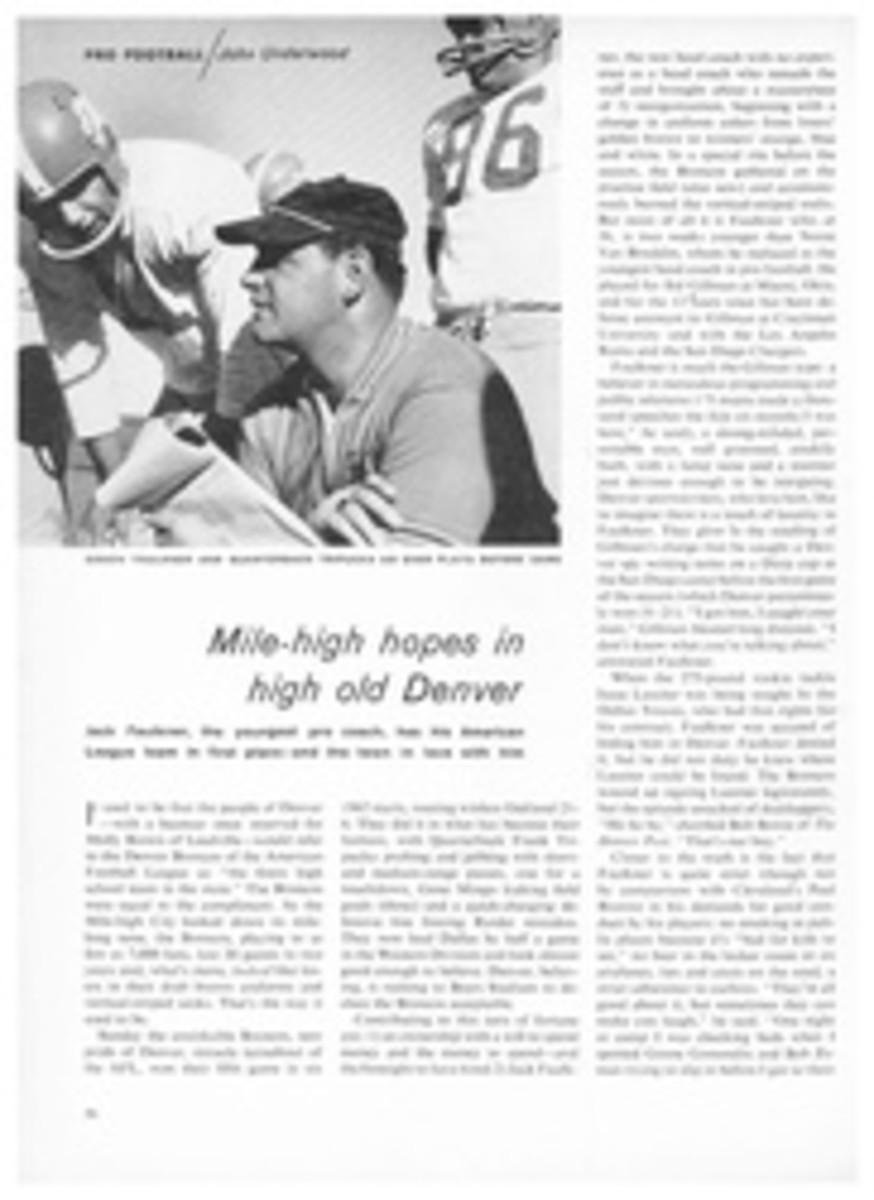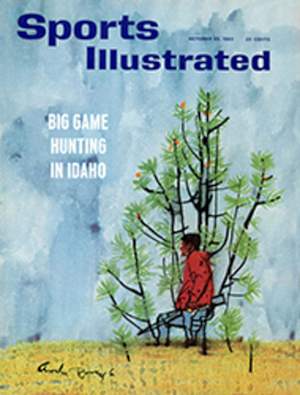
U.S. IS BEST ON FUJI'S FAIRWAYS
It was entirely proper that the third World Amateur golf team championship should take place last week in Japan. The first two hosts, after all, were named in a fitting order of golf history and interest: Scotland and the U.S. The next had to be Japan, whose meager terrain is being forced to withstand the newest and most proliferate onslaught of golf nuts in the world.
In the past five years Japan has mass-produced two phenomena, transistor radios and its golfers. The first has remorselessly satisfied the world's demand for portable noise; the second is remorselessly unappeased. In 1957 there were 70-odd courses in Japan; today there are 300, with 50 more in the works. "Even so," sighed a Japan Golf Association official, "we cannot hope to meet the demand. Only by converting all our rice fields into golf links could we come close."
To this golf-mad land last week came 92 top amateurs from 23 countries. Pakistanis and Americans alike, they were awed by the 6,587-yard, par-70 layout of the formidable Fuji course at Kawana, southwest of Tokyo. Its tight fairways put a premium on accuracy and the korai grass greens with their unpredictable nap drove many competitors to the brink of hara-kiri. "It's like putting on a hairbrush," said Billy Joe Patton of the U.S.
There was more favorable comment for the girl caddies, who proved remarkably adept at clubbing, sang out "nice shot," refused to accept tips, lovingly polished clubs and even knitted club covers for their players. They also displayed the frailties of women. When Canada's Bob Wylie shot a frightful 6 on an easy par-3, his caddie quietly wept.
The competition quickly resolved itself into a struggle between the U.S. team—Patton, Public Links Champion Dick Sikes, Deane Beman and Labron Harris Jr.—and Canada. The U.S. forged ahead on the first day by three strokes, paced by a splendid 69 by Sikes and Beman's 70. The next day, in a cold rain, the U.S. chances seemed as bleak as a haiku. Beman shot 80, Harris 77 and Canada took a six-stroke advantage. But her edge evaporated Friday as Mount Fuji's summit emerged from its cloud cover. Beman and Sikes duplicated their first-round scores and the U.S. led by two.
Largely on the efforts of Beman, who, mastering the korai greens, carded a magnificent last-round 66 to tie the course record, the U.S. took its second straight Eisenhower cup. The margin of victory was eight strokes, and nobody was happier than the winners' caddies.
Finishing far behind were Malaya and Pakistan, who had happily hacked about for last place. Malaya was in the cellar for the first day, but the Pakistanis, the New York Mets of international golf, soon sank to the bottom and stayed there, finishing 202 strokes behind the U.S. in their first tournament try. As the flags of the competing nations were lowered in the gloaming, Pakistan's Tajuddin Salimi, no Casey Stengel, stoically observed: "It is nice to be remembered and, if we cannot be remembered for finishing first, perhaps it is well to be remembered for finishing last."
TWO PHOTOS
RUSS HALFORD
Former U. S. Champion Deane Beman (left), whose 66 clinched the victory, tests the wind on the 18th fairway. Above, Labron Harris Jr., current U. S. champion who shot a woeful 77 in the rain, manfully shelters his equally disconsolate caddie.
THREE PHOTOS
RUSS HALFORD
Caddies are only part of the vast army of women at Japanese golf courses. At Kawana there were women who waved flags to indicate whether the course was clear, women who used pennants to mark balls hit into the rough, women who raked traps and women who repaired the course after each day's play, weeding the fairways and dropping fresh earth and grass seed into divot marks (far left). There were, of course, women whose role was to beautify the gallery (left) while watching exotic golfers like Ashok Malik of India (below). As Switzerland's Otto Dillier said: "It may be the men who do the golfing here, but it's the women who make it possible."

